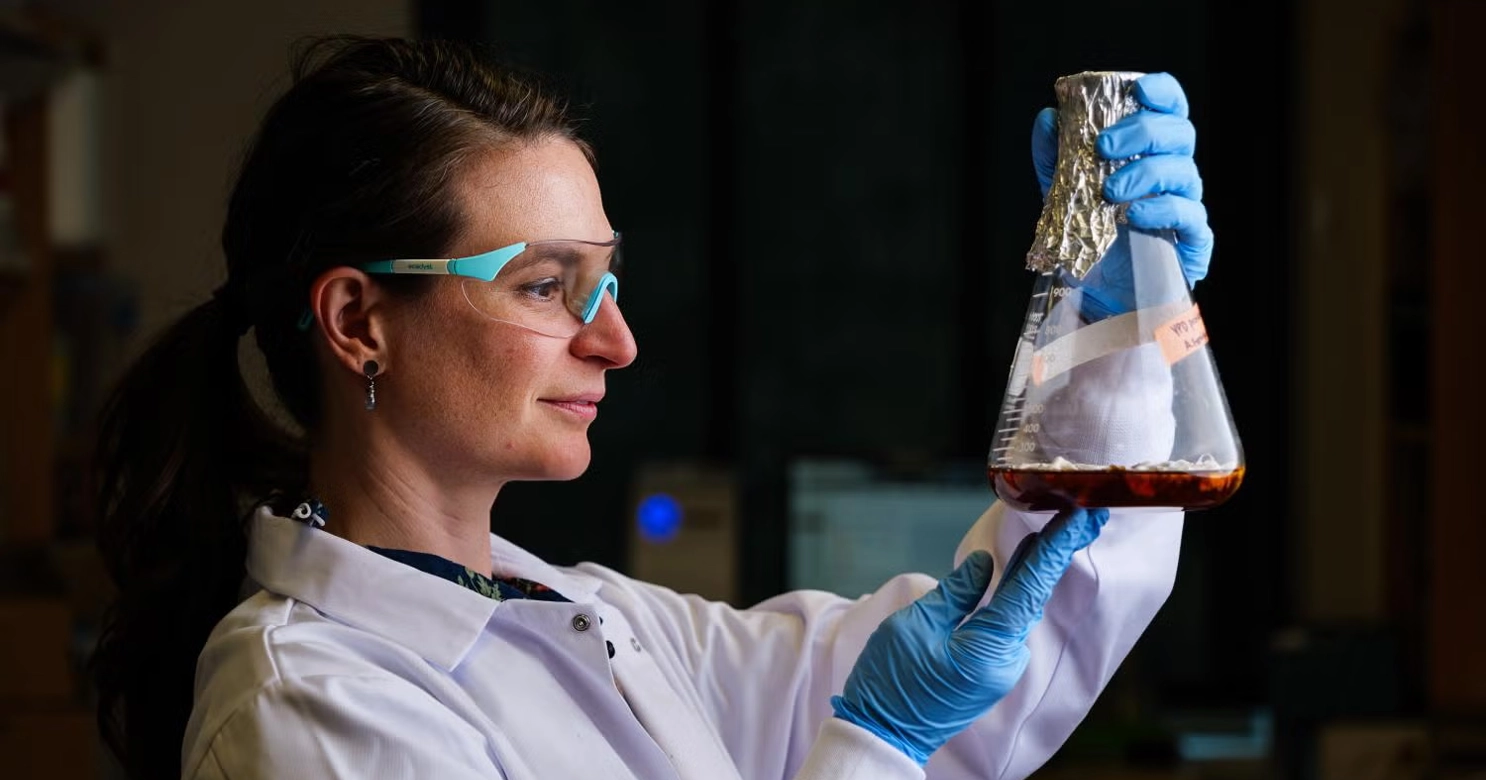Far-UVC: Technology Update with an Untapped Potential to Mitigate Airborne Infections

This viewpoint article highlights the untapped potential of far-UVC (222 nm) light as a safe, effective tool to mitigate airborne transmission of infectious diseases in shared indoor environments. Unlike traditional UV-C wavelengths (254–270 nm), far-UVC can be safely deployed in occupied spaces due to its limited penetration into human skin and eyes. Laboratory studies confirm far-UVC’s efficacy in inactivating airborne pathogens, including SARS-CoV-2 and influenza, often outperforming ventilation and filtration systems in equivalent air change rates. Toxicology and human studies show minimal health risks with properly filtered far-UVC exposure. While concerns about ozone generation and potential long-term microbiome effects remain, the technology’s public health benefits are substantial. The authors advocate for broader implementation, increased investment, and further research into safety, efficacy, and public communication to support adoption of far-UVC for routine indoor air disinfection.


